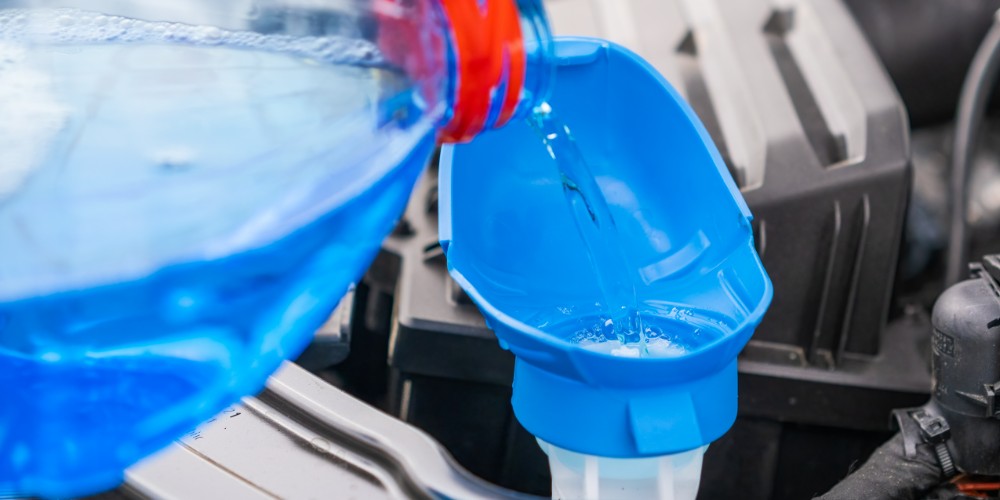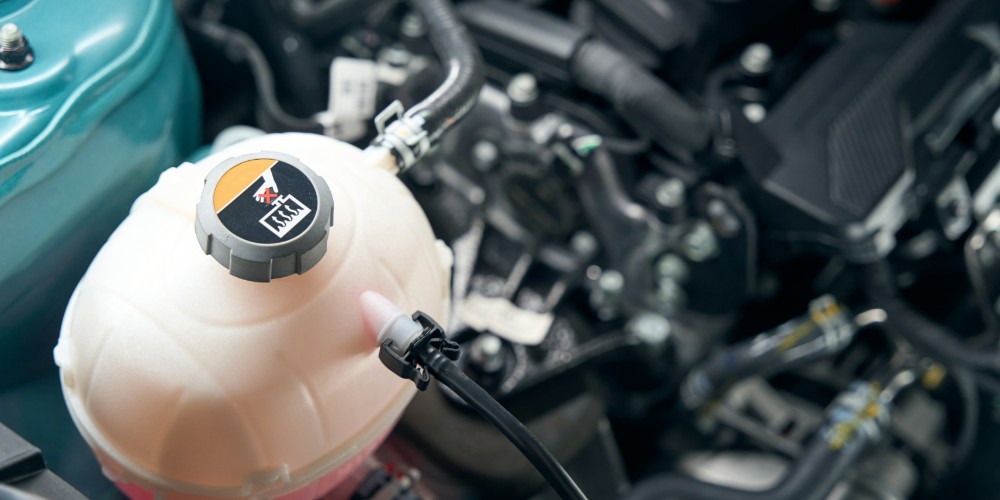Regular maintenance of your vehicle not only extends its lifespan but also ensures it runs efficiently and safely.
Amongst the various aspects of maintenance, checking the fluids in your car is paramount. This involves more than just ensuring there’s enough petrol in the tank. Your vehicle relies on several key fluids to operate smoothly, and neglecting them can lead to significant issues or even catastrophic failures.
Motor oil
Motor oil is often referred to as the lifeblood of any car engine. It lubricates the engine’s moving parts, reducing friction and wear. Additionally, it helps to cool the engine by transferring heat away from the combustion cycle and ensures that small debris and particles are kept away from critical components.
How to check and change your motor oil
Checking your oil level is a simple, yet essential routine that should be carried out regularly. Ensure your car is on level ground and the engine is cool. Locate the dipstick, pull it out, clean it, and then insert it again to check the level. The oil should be between the minimum and maximum marks. If it’s low, top it up to the correct level using the recommended oil type for your vehicle, which is found in the owner’s manual.

It’s advisable to change your motor oil every 5,000 to 10,000 miles, depending on the manufacturer’s recommendations. However, if you frequently drive in harsh conditions, you might need to change it more often. This is not just about swapping old oil for new; the oil filter should also be replaced to ensure the system is clean and to prevent any potential blockage.
Engine coolant
Engine coolant, also known as antifreeze, plays a crucial role in your car’s operation. It absorbs heat from the engine and dissipates it through the radiator, preventing the engine from overheating. Moreover, it provides essential protection against freezing in cold climates.
Checking and topping up coolant levels
To check your coolant level, locate the coolant reservoir under the bonnet. The side of the reservoir will have markings to indicate the minimum and maximum levels. It’s important to check the coolant when the engine is cold to avoid injury from hot steam or fluids.

If the level is below the minimum mark, add a mixture of water and antifreeze to the coolant reservoir, following the proportions recommended by your vehicle’s manufacturer. Never remove the radiator cap to add coolant directly to the radiator unless you are experienced in doing so, as this can be dangerous.
Transmission fluid
Transmission fluid is essential for both automatic and manual transmissions. It lubricates the moving parts within the transmission, ensuring smooth gear changes and operation. In automatic transmissions, it also acts as a hydraulic fluid, enabling the transmission to change gears automatically.
How to check and maintain transmission fluid
To check the transmission fluid, locate the transmission dipstick (not present in all cars), pull it out, clean it, and then insert it again to check the level. The fluid should be a bright red colour and should not smell burnt. If it’s low or discoloured, it may need to be topped up or changed.

Transmission fluid changes are typically recommended every 30,000 to 60,000 miles, but consult your vehicle’s manual for specific advice. Changing the transmission fluid involves draining the old fluid, replacing the filter, and then refilling it with new fluid. This is usually a job for a professional.
Brake fluid
Brake fluid is a hydraulic fluid that transfers the force of your foot on the brake pedal to the brake pads or shoes, slowing down your car. Over time, brake fluid can absorb moisture from the air, reducing its effectiveness and leading to a spongy brake pedal feel.
Checking and changing brake fluid
To check your brake fluid, locate the brake fluid reservoir and check the fluid level against the minimum and maximum marks. The fluid should be clear or slightly yellowish. If it’s dark or cloudy, it needs to be changed.
It’s recommended to change your brake fluid every 2 years or 24,000 miles, although specific intervals can vary. This is because brake fluid degrades over time and with use. Changing the brake fluid usually requires bleeding the brake system to remove any air pockets, which is best done by a professional.

Windscreen washer fluid
While not critical to your car’s mechanical performance, windscreen washer fluid is essential for maintaining good visibility. It helps remove dirt, grime, and insects from your windscreen.
Maintaining your windscreen washer fluid
Checking and topping up your windscreen washer fluid is perhaps the simplest of all car maintenance tasks. Locate the washer fluid reservoir, open the cap, and fill it with a proper windscreen washer fluid. In colder climates, use a fluid with antifreeze properties to prevent it from freezing.
To conclude…
Regularly checking and maintaining the fluids in your car is akin to monitoring the vital signs of your health. It’s a fundamental aspect of car care that can prevent major issues down the line. By familiarising yourself with these fluids and their maintenance schedules, you’re not only ensuring the longevity of your vehicle but also its safety and reliability on the road.




